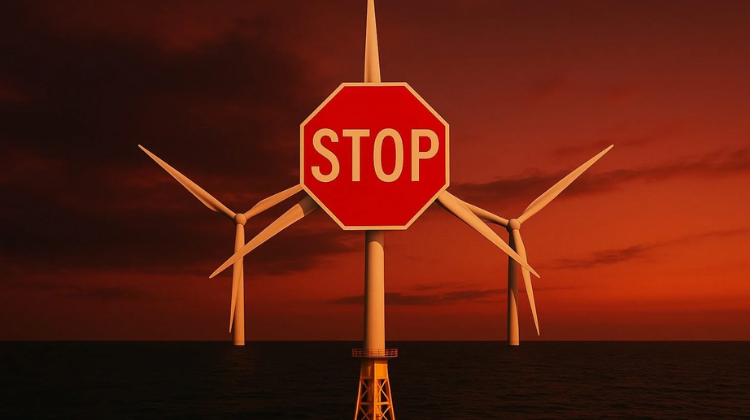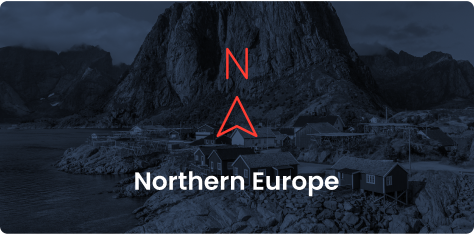The 2025–2034 National Electricity Grid Development Plan was the central topic of a meeting held today in Palermo between Terna and the Region of Sicily. This meeting marked an important first institutional discussion with the newly appointed Regional Energy Councillor, Francesco Colianni, focused on the strategic interventions planned for Sicily. Terna presented the contents of the Plan for Sicily, which includes investments of approximately €3.5 billion over the next decade—the highest amount for any Italian region—confirming the island’s central role in the development of the country’s electricity system.
Among the key topics addressed was Efficient Territorial Planning, an innovative model that enables coordinated and sustainable management of the growing connection demand, promoting the synergistic and optimized development of infrastructure. Alongside this approach, the Plan includes the implementation of strategic projects aimed at enhancing system security and transmission capacity in the Region, supporting the integration of renewable energy sources and reducing grid congestion.
Specifically, according to the 2030 burden-sharing targets, Sicily will require an increase of around 10.48 GW in renewable capacity compared to 2021 levels. According to Terna data, as of 30 June 2025, around 81 GW of renewable energy plants have requested connection to the high-voltage grid, in addition to about 53 GW of storage systems.
One of the most significant projects in the Ten-Year Plan is the Tyrrhenian Link, which involves the construction of two 500 kV direct current submarine power lines, totaling 970 km of cable and a transmission capacity of 1,000 MW per section. The infrastructure consists of two branches: the eastern branch, approximately 490 km long, connecting Sicily with Campania, and the western branch, about 480 km long, connecting Sicily with Sardinia. The laying of the eastern section of the submarine cable was completed in May 2025—a record-breaking achievement that, for the first time in Italy, involved installing a high-voltage direct current (HVDC) cable at a depth of 2,150 meters. In just over two months, 490 km of cable were laid in two phases: the first, 260 km, was completed in March; the second, 230 km, began in April and was completed in about a month.
The energy transition is a complex challenge that requires highly specialized technical skills. To meet this need, Terna launched a second-level master’s degree in “Digitalization of the Power System for the Energy Transition” in the Tyrrhenian regions. The program is promoted within the Tyrrhenian Lab and delivered in collaboration with the universities of Palermo, Cagliari, and Salerno. Thanks to excellent results from the first three editions—both in training quality and employment impact—the program has been extended through 2027. In Sicily, approximately 60 students have participated in the program in recent years and have subsequently been hired by Terna’s regional offices. With the launch of the fourth edition, presented last June, the total number of young professionals employed in Sicily will reach 80.
Another major project, part of the Mattei Plan for Africa, is Elmed, the first direct current interconnection between Europe and Africa. The project involves a 200 km submarine cable between Italy and Tunisia, jointly developed by Terna and STEG, the Tunisian grid operator. Elmed will support the integration of renewable energy and enhance energy supply security and diversification.
The Sicilian power system currently relies mainly on three 380 kV transmission lines—Chiaramonte Gulfi–Priolo, Paternò–Chiaramonte Gulfi, and Paternò–Sorgente—and a 220 kV ring, which serves a dual purpose of energy transmission and distribution grid support. Within this framework, the Plan outlines a long-term strategy to strengthen grid resilience and ensure increasingly secure and reliable operations.
Planned projects include two new 380 kV power lines: Chiaramonte Gulfi–Ciminna and Caracoli–Ciminna. These infrastructures are designed to reinforce the east–west connection in Sicily and ease congestion on that axis. Specifically, the Chiaramonte Gulfi–Ciminna line, at 172 km, will be the first ultra-high-voltage interconnection in the western part of the island and will increase energy exchange across different areas of the region. The Caracoli–Ciminna line will connect the new internal backbone to the Tyrrhenian Link, further enhancing supply security in western Sicily. To support these efforts, the 220 kV network will also be modernized through the construction of the Partinico–Fulgatore line, further contributing to system stability and the integration of increasing renewable generation.
Additionally, the Paternò–Pantano–Priolo project, spanning 63 km, is currently underway. It will cross the provinces of Catania and Syracuse, increasing the region’s generation capacity and improving grid efficiency in eastern Sicily. The project will allow for the dismantling of 155 km of lines and around 400 high-voltage towers, freeing up more than 300 hectares of land.
Construction of the Messina Riviera–Messina Nord connection is also set to begin soon. This project will help reduce the risk of power outages caused by extreme weather events and increase grid reliability. The 150 kV underground power line, approximately 10 km long, will connect the “Messina Nord” and “Messina Riviera” primary substations.
Another key project is the Bolano–Annunziata connection, a 380 kV AC submarine line linking Sicily and Calabria. Authorized by the Ministry of Environment and Energy Security at the end of 2024, the project will increase interconnection capacity between the island and the mainland to 2,000 MW, contributing to renewable energy integration and strengthening the grid in southern Italy.
With approximately 330 employees, Terna manages more than 4,500 km of high and ultra-high-voltage lines and 81 electrical substations in Sicily.































